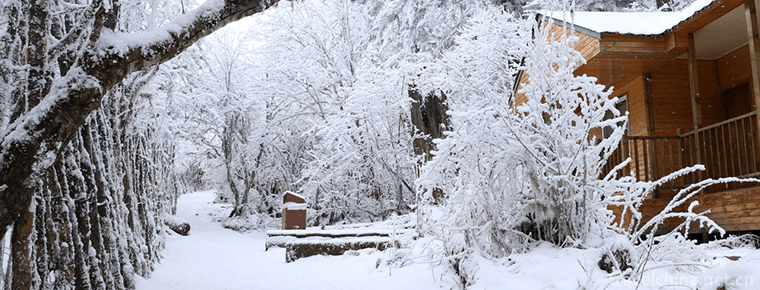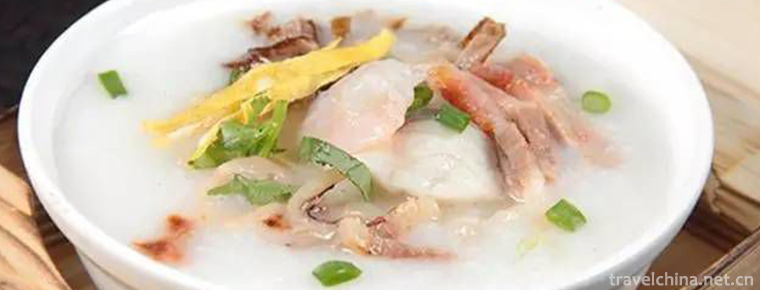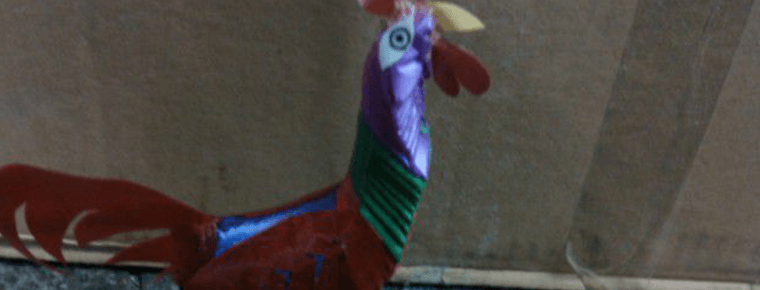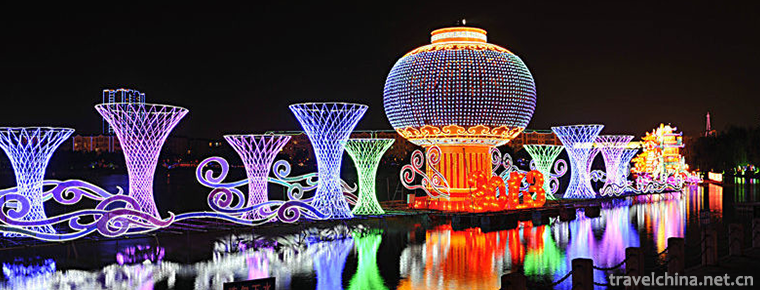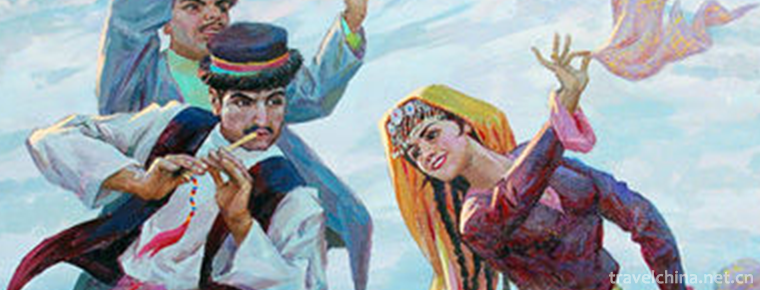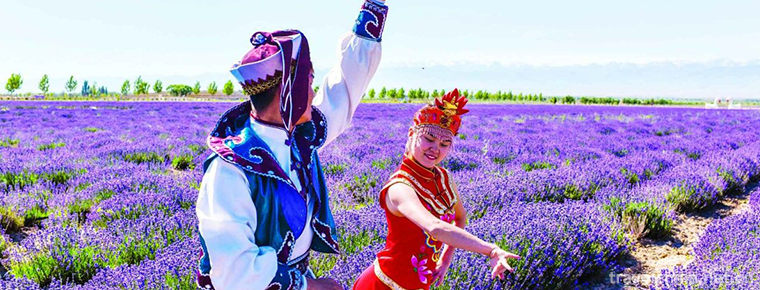Shandong drum
Shandong drum
Shandong drum, also known as "plough bamboo drum" and "pear flower drum", originated in Shandong rural areas and entered Jinan and other cities in the late Qing Dynasty.
In addition to the book drum, the musical instruments of Shandong drum were initially beaten with two pieces of plough and plough, and then two pieces of iron and copper were used, accompanied by three strings and four hus. One singer or two singers, two or three accompaniments. In the past, the tunes of Shandong drum were intertwined and tactful. After liberation, it has been reformed according to the needs of modern life. Traditional repertoires include "Black Donkey Duan" and "Carry the Doll" and so on.
On May 20, 2006, Shandong Dagu was approved by the State Council of the People's Republic of China to be included in the first batch of national intangible cultural heritage lists. The heritage number is V-4.
Historical Evolution
Origin and Background
Shandong drum originated in the countryside of northern Shandong and southern Hebei. It is the earliest drum form in northern China. Its original name is "plough drum". It was named for its initial accompaniment with plough fragments from cultivated land. Liu E's Travel Notes of Lao Can was beautified. According to its homonym, it was renamed "Pear Flower Drum" and practitioners were called "Singing Pear Flower Pieces". Around 1920, the pear flower drum developed into a nationwide influential type of Daqu. It is commonly known as "Shandong Daqu" because "all the singers are Shandong local tunes" and "all the singers are Shandong products".
Development
Shandong drum came into being in the middle of the Ming Dynasty. It has a history of more than 350 years since the end of Ming Dynasty and the beginning of Qing Dynasty. In the mid-Qing Dynasty, Shandong drum became an influential folk art form of storytelling. The artists'ranks were obviously expanded and the means of artistic expression were becoming more and more complete. During the Jiaqing period, five branches were developed, and three major schools were formed in the singing tune, namely "Lao Niu Da Lian tune in Beikou", "Lihua tune in Nankou" and "Xiao Beikou". A large number of bibliographies and many children's books such as "Xiangma Biography" and "Liu Gong Case" appeared. During the Tongguang period of the Qing Dynasty, great development was made in Shandong drum, and actresses began to appear in Nankou pear blossom tune and performed in cities. Following Guo Dani and Huang Dani, the sisters Wang Xiaoyu (Bainiu and Heiniu), known as "Red Liujingting", sang in Jinan in Guangxu Decade (1884), causing a sensation. For the sake of the travels of the remnant, Xiaoyu, the white girl king, is vividly depicted in beautiful and vivid words by the beauty of Minghu Lake. Sister Wang Xiaoyu laid a solid foundation for Shandong Dagu to truly base itself on the city and became a landmark figure in the history of development.
At the end of the Qing Dynasty, Shandong Dagu Daxing not only spread throughout the province, but also occupied bookstores in Henan, Jiangsu, Anhui, Hebei, Beijing and Tianjin, Northeast China and other places. Many Shandong Dagu Ban Society and dozens of famous artists appeared, such as Dong Lianzhi, Du Wanjun, Du Wanjun, Guo Caiyun, Luqiaoling, Queen of Gujie, Xie, Li, Sun, Zhao and other famous artists.
The decline of Shandong drum began in the early 1920s. This is because with the decline of feudal officials and literati in Qing Dynasty, Shandong Drum lost its main audience. Especially after the May 4th Movement, the trend of democratic thought was unprecedentedly active. Because the tunes of Shandong drum move back slowly, its structure is too rigorous and rigid, it is difficult to adapt to the needs of the times and attract audiences because it can not improvise large books of rap and singing and quickly enrich new bibliography. Therefore, it will inevitably be replaced by the new Xihe Drum and Henan Fall Drum, which are free to sing white and easy to talk about.
After the 1940s, the pear blossom drum gradually declined, and many artists sang Henan pendant and wooden drum instead. After the founding of the People's Republic of China, there were only two sisters, Sun Jinzhi and Sun Jinlan, singing the pear flower drum in southern Hebei. In the early 1980s, Wei County, Guangzong County and Ningjin County of Shandong Province invited Sun Jinzhi to hold a pear flower drum workshop to train new people, but with little success. After Sun Jinzhi's death in the mid-1980s, the pear flower drum made a great success in southern Hebei Province.
Artistic Characteristics
Singing Form
Shandong drums are sung by one person or by two people, accompanied by two or three people. The melody is high, including speaking, singing, Tao and Bai; the narrative and Lyric blend. The lyrics are basically seven-character sentences and cross sentences. The singer holds drumstick in his right hand and iron (copper) film in his left hand, singing while tapping. The musician accompanied by three strings.
Singing genre
The singing chamber belongs to the board chamber, which is generally divided into Adagio (also known as head plate), second board (flowing board), third board, fast board and so on. Its bibliography is mainly in the middle part, singing from one another, but not in the short part. The singing tunes and bibliography of the three tribes have different characteristics and styles. The "Lao Beikou" group has a rough and bold vocal tune. Its opening tune is composed of two boards of the headboard or similar headboard. It has a slow speed, a long tail, a slab up and down, a ruthless pronunciation, authentic pronunciation, a heavy fall, a tight voice, and a good use of the tune. Its melody resembles the natural fluency of singing. Therefore, it has the common name of "Lao Niu Da Li", "Xiao Beikou" School's singing style, which has absorbed some techniques of Xihe Dagu. Compared with "Lao Beikou", it is smart, euphemistic and delicate, good at speaking "documents" and adding narrative in singing; Nankou School's singing is melodious, melodious and exquisite, with fewer words and complicated rhythm. In addition to the Banqiang style, Nankou School also has a number of tunes, called Banqiang, divided into two categories, fast and slow, which are only used in special Arias such as Little Black Donkey, Little Black Cow and Sifu Wang Erjie.
Musical instruments
The main accompanying instruments are short-footed drums, big three strings and crescent plates (also known as pear blossoms).
Distribution area
Spread areas not only in Shandong urban and rural areas, but also in the south to Xuzhou, Nanjing, Shanghai, West to Zhengzhou, Luoyang, Hankou, Chongqing, north to Beijing, Tianjin and northeast, have been prosperous for a time.
Inheritance and Protection
Current situation of circulation
Since the late 20th century, Shandong drum has gradually declined, only a few actors can perform, which needs urgent support and protection.
protective measures
China pursues a series of supporting policies. Economically, financial support should be given. In terms of policy, advocating regional culture to enter the campus and developing characteristic education has formed a tide of attaching importance to and learning intangible cultural heritage in the education industry and even the whole society. From 2010 to 2012, Shandong Institute of Art cooperated with art units successively to establish Jinan Quyi Troupe, Jinan Academy of Art and Shandong Management College as the heritage base of Shandong Dagu through many ways, such as big drum entering universities and combining research institutes with theatrical troupes. Through personnel training and performance practice, the development law of intangible cultural heritage was summarized and the research phase was explored. The corresponding inheritance mode and way.
Heritage figures
Zuo Yuhua, female, Hui nationality, born in Jinan, Shandong Province in 1947. The second batch of national intangible cultural heritage projects are representative successors of Shandong drum. In 1959, he joined Shandong Quyi Troupe. He was taught by Xie Dayu, an artist from Shandong Dagu, and the main worker Lihua Dagu. In 1978, he was transferred to the Quyi Department of Shandong Opera School. In 1981, he was transferred to the Quyi Department of Shandong Art Museum for the guidance and creation of Quyi. During this period, he appealed to revitalize the Dagu of Lihua, and published Lihua Feng Gu Bone, Pray for Pear Flowers to Blossom Again, and Comments on the Rise and Dec The article is now an associate research librarian of Shandong Museum of Art. Zuo Yuhua inherited Xie Dayu's vigorous and unrestrained singing characteristics, with euphemistic tone, smart mouth, rigid and soft performance, graceful and generous. His representative works include: Grass Boat Borrowing Arrows, Swan Goose Picking Books, etc.
Selected as a non-survivor
On May 20, 2006, it was approved by the State Council to be included in the first batch of national intangible cultural heritage list.
The Value of Quyi
Shandong drum originated from the most basic way of existence of the Chinese nation - farming culture, which is an original art form. It reflects the close relationship between production mode and art form, reflects the life attitude of material production and cultural entertainment, is the crystallization of social and cultural life in the late Ming and early Qing Dynasties, and is the artistic feature of typical farming civilization.
Shandong Dagu, which has been inherited for more than 300 years, has unique musical singing, rich program and rich local color. It has directly promoted the formation of Shandong Express Books, and has had a significant impact on the formation and development of such artistic forms as "Qiao School" Henan Dangzi and Xihe Dagu. It is an indispensable precious cultural heritage in the treasure house of Chinese civilization and art.
Shandong drum has a unique singing style, has become a mature form of folk art, with high appreciation value. At the same time, there are many drums and drums in Shandong Province, which have strong local color and high literary value.
Shandong drum has a long history and distinctive features. It not only presents distinct national and regional characteristics, but also reflects the characteristics of different stages of social development and different cultural ecology. These are gradually formed in the long historical years, spread to today, more precious. It can be said that Shandong drum shows a history of human cultural development for the world in vivid artistic form, so it has important research value in the history of culture.

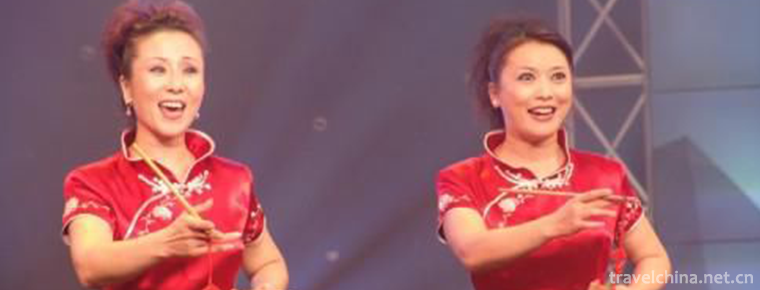
-
Conch Valley Scenic Area
Hailuogou is located in Moxi Town, Luding County, Sichuan Province, on the eastern slope of Gongga Mountain. It is a very high mountain area on the eastern edge of the Qinghai-Tibet Plateau.
Views: 183 Time 2018-12-12 -
Four Seasons Hotel Shenzhen
Four Seasons Hotel is an international luxury hotel management group, headquartered in Toronto, Canada. It was founded by Mr. Isado Sharp in 1961. Now it has more than 90 hotels and resorts in nearly .
Views: 384 Time 2018-12-16 -
Jinshan City Beach Shanghai
Jinshan City Beach is located in Jinshan District of Shanghai, located in the southwest of Shanghai and the North Bank of Hangzhou Bay. It is adjacent to Pinghu and Jiashan City in Zhejiang Province.
Views: 148 Time 2018-12-19 -
Asihatu Stone Forest
Chaihe Tourist Scenic Spot has a total area of 1368.7 square kilometers, which is a national 5A tourist scenic spot. The area of Alshan City in Xing'an League is 7408.7 square kilometers, and Chaihe T.
Views: 137 Time 2019-01-02 -
Quail gruel
Ingredients: Quail, 100 grams of Japonica rice, 20 grams of red beans, 3 pieces of ginger, 10 grams of cooking wine, proper amount of salt, monosodium glutamate, pepper and sesame oil..
Views: 279 Time 2019-03-24 -
Straw weaving
Grass weaving is a popular folk handicraft. It makes use of the grass produced in different places to make materials locally and weave into various daily necessities.
Views: 167 Time 2019-04-15 -
Traditional drama
Chinese drama mainly includes opera and drama, and opera is the traditional Chinese drama. After a long period of development and evolution, Baihua Garden of Chinese opera has gradually .
Views: 147 Time 2019-04-21 -
Exhibit of lanterns
The Lantern Festival is an ancient folk culture in China. It generally refers to the large-scale lighting exhibition held by the government around the Spring Festival and the Lantern Festival.
Views: 165 Time 2019-04-26 -
Uygur Sainem
Among the numerous traditional folk dances, "Sainem" is the most common form of Uygur folk song and dance. It is widely spread in the towns and villages in the north and south of Tianshan Mo.
Views: 156 Time 2019-06-27 -
Sibo Belem Dance
"Bailun" dance is the generic name of Xibo self-entertainment dance and the first type of Xibo folk dance. It originated from an ancient dance that imitated life and production posture in th.
Views: 129 Time 2019-07-01 -
Leshan tertiary industry
In 2019, the total retail sales of social consumer goods in Leshan City reached 73.87 billion yuan, an increase of 10.7% over the previous year. According to the statistics of places of operation, the retail sales of consumer goods in cities and towns .
Views: 350 Time 2020-12-17 -
Hydrology in Yibin
The water system in Yibin belongs to the external water system, with the Yangtze River as the main vein, with many rivers, high density and abundant water. Jinsha River and Minjiang River join to form the Yangtze River, which runs through the nor.
Views: 323 Time 2020-12-18
